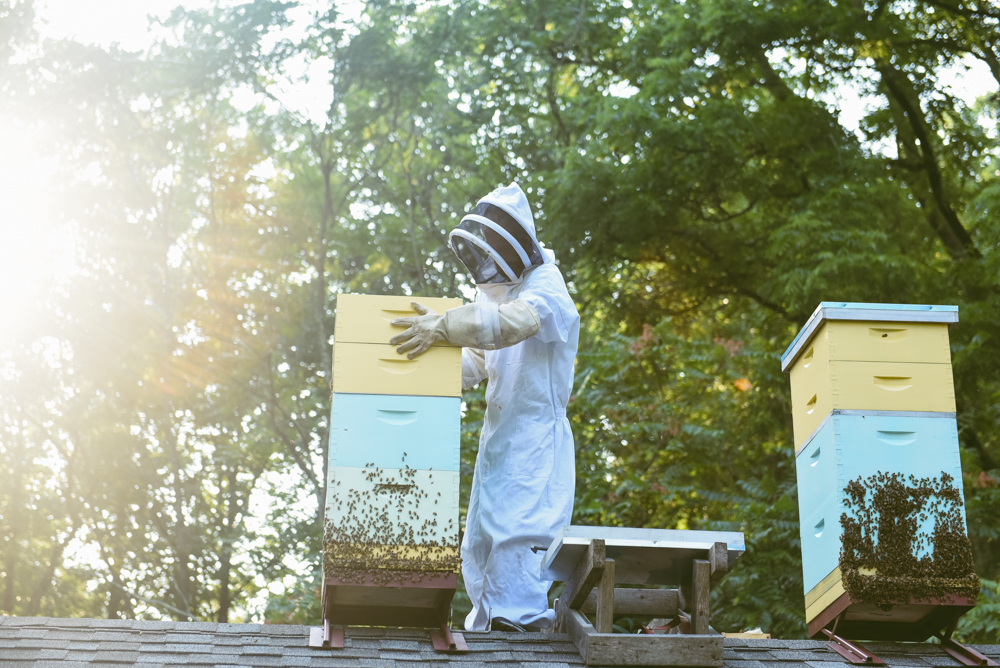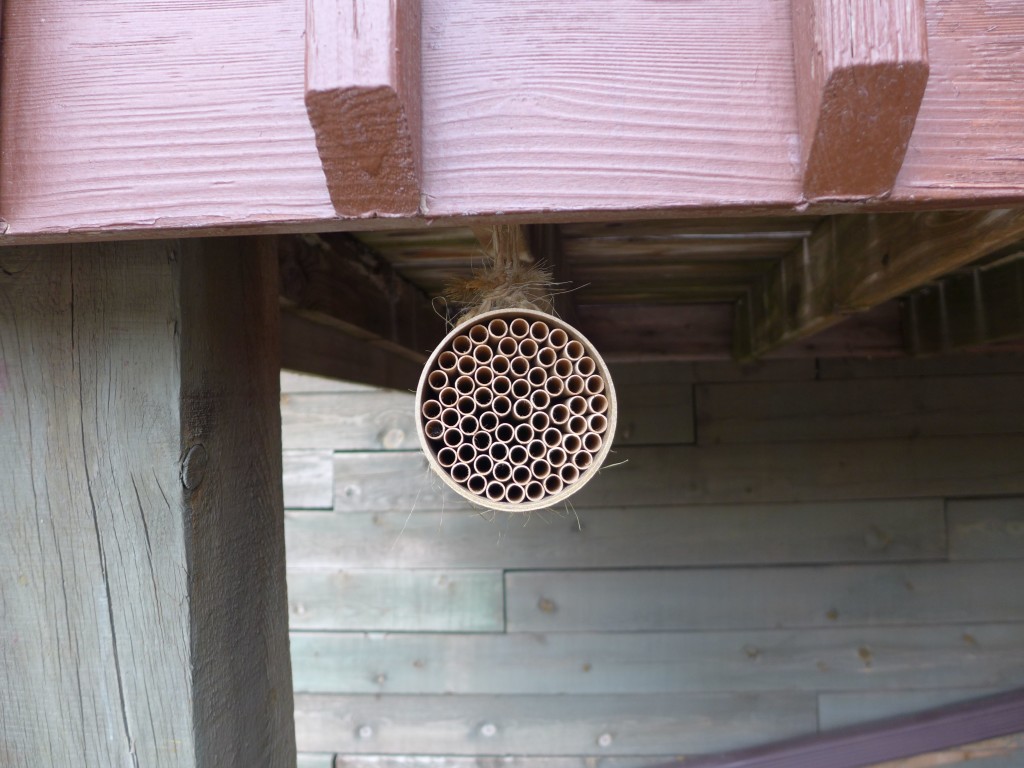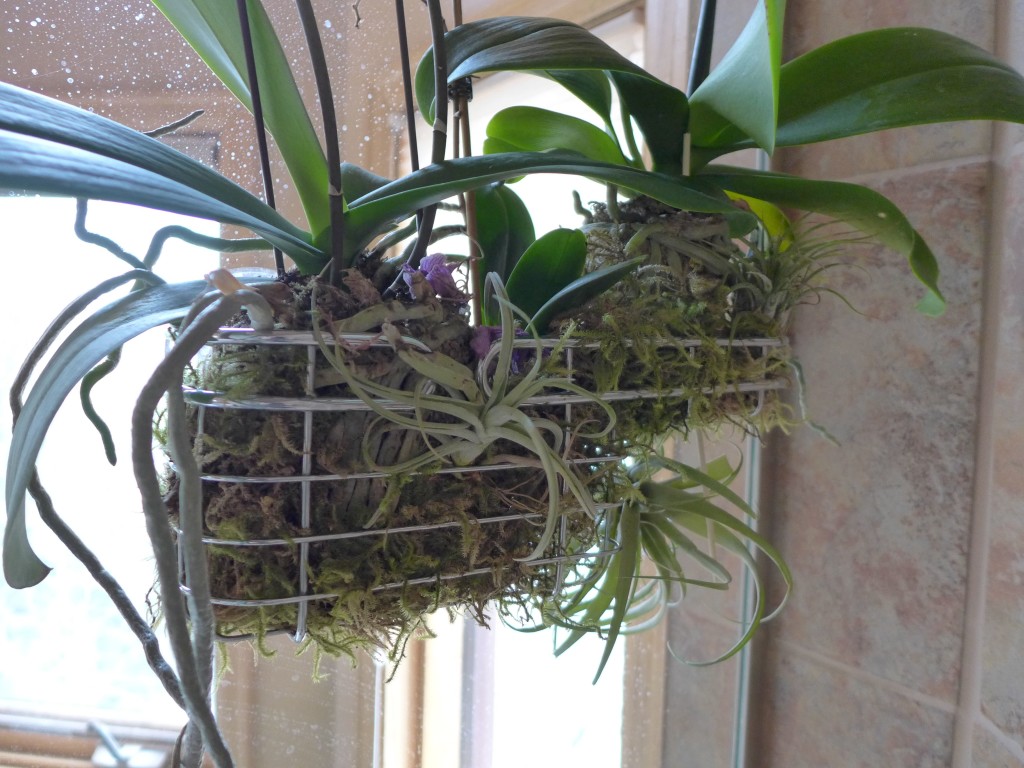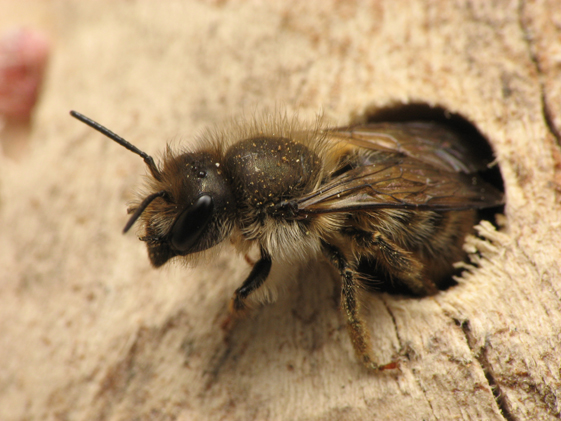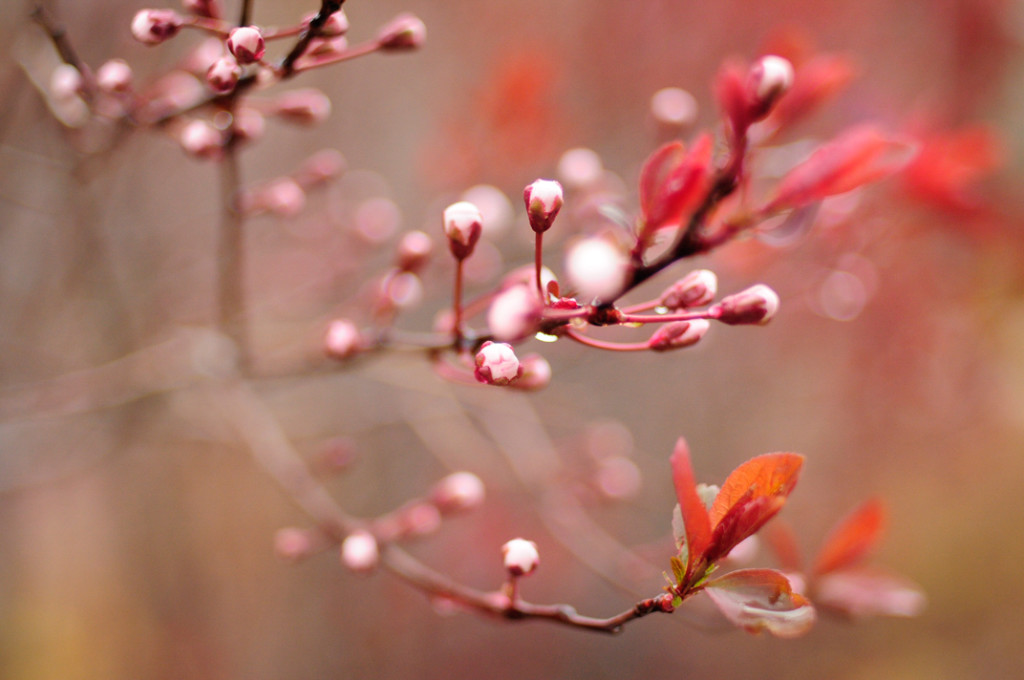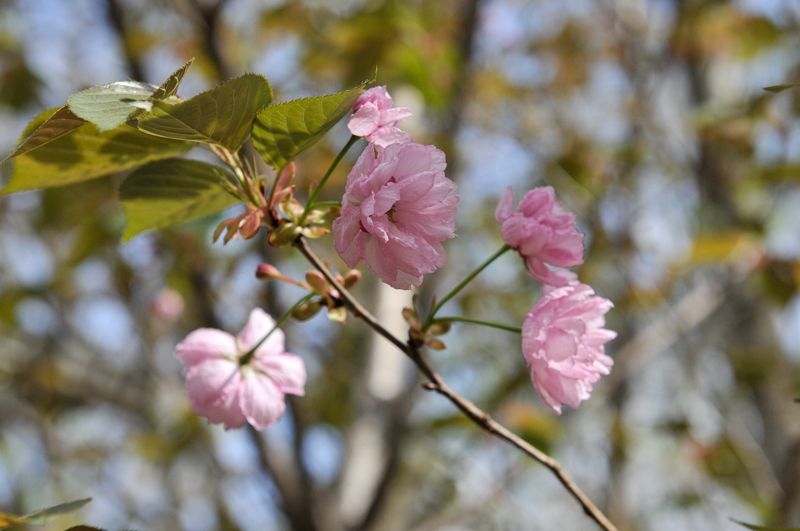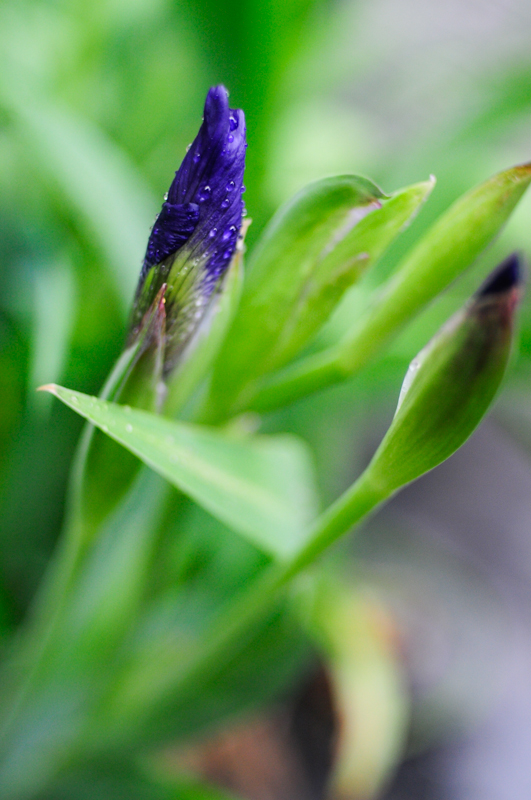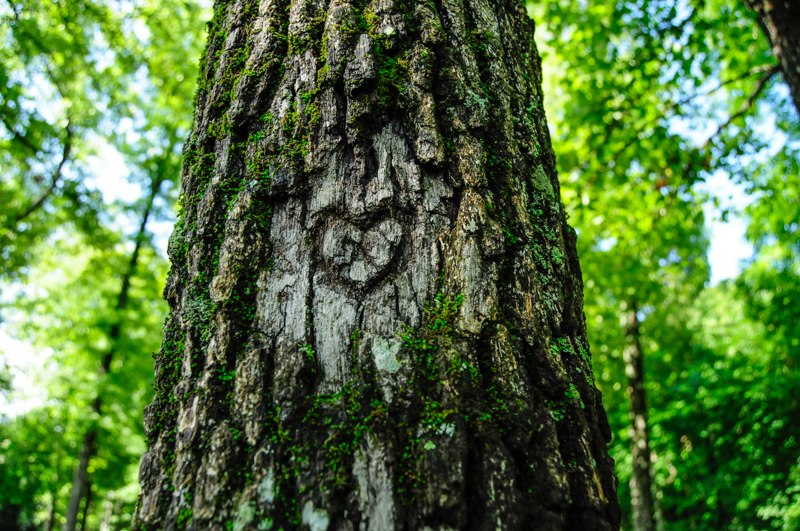On the first Wednesday of each month we like to pause and take a look at what’s going on in the world around us, with a particular focus on animal activity, celestial events, and our farmers’ fields.
Wow, our first monthly welcome post took place one year ago, and we had just started Live Seasoned a couple of weeks before that, which means we’ve had our first anniversary and didn’t even acknowledge it! Sarah and I make the perfect old couple.

Bee Business:
March is a tricky month for bees. Bee colony activity usually starts up again during late February or early March depending on the temperature. Temperature is the determining factor as far as honeybees are concerned. As the weather gets warmer, the days lengthen, and pollen becomes available, the queen starts laying eggs, and the bees become active gathering nectar and pollen from early flowers and storing honey in combs.
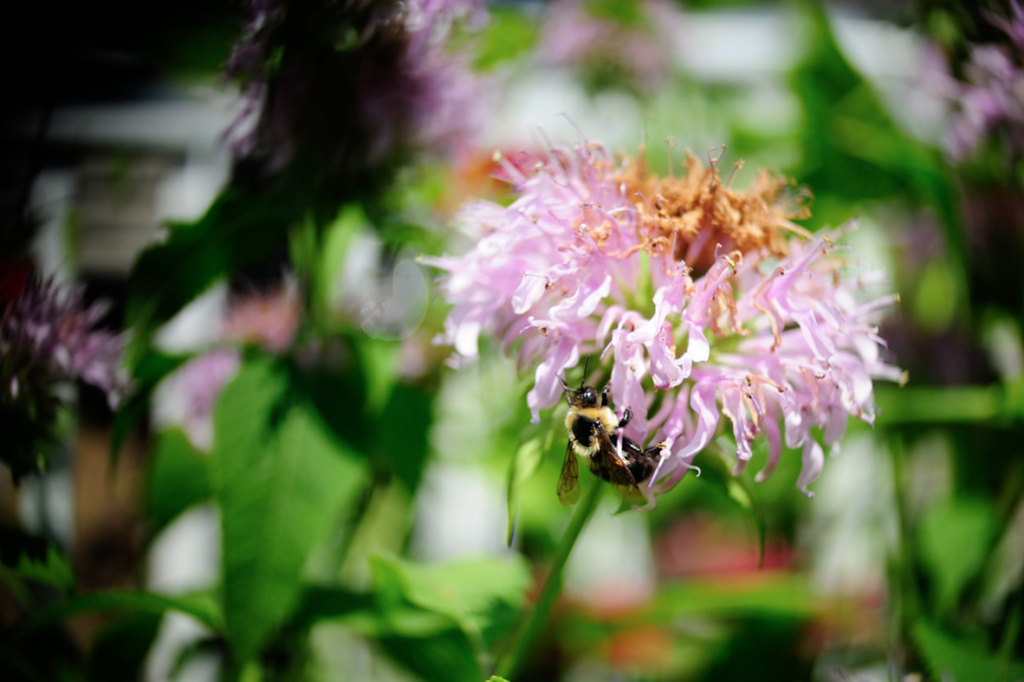
If you’re backyard beekeeping, March is the month when colonies can die of starvation if their honey stores aren’t big enough. There is a lot of activity and lots of hungry bee bellies to fill, so you may want to take a peek into your boxes to make sure there’s enough sugary syrup for your bees to feed on. Later this month, bee colonies increases brood combs and populations reach their peak capacity. The brood combs are the beeswax structure of cells where the queen bee lays her eggs. When the hive gets too crowded, the colony gets ready to swarm, which sounds terrifying, but it is actually the natural method of reproduction of the colony.
When the colony preps to swarm, the drone population increases and a few queen cells are built to produce a new queen. A few larvae that would normally develop into worker bees are fed a special gland food called royal jelly, their cells are reconstructed to accommodate the larger queen, and her rate of development increases. If you’re new to this bee business, a drone is a male bee and the product of an unfertilized egg. If the egg was fertilized it would be a worker bee not a drone. Worker bees are female, they have stingers and they help collect pollen and nectar. Drone bees exist primarily to mate with a fertile queen, which brings us back to swarming. Swarming usually occurs in March to June. The old queen leaves the hive with about half of the bees to a new home elsewhere. The remaining bees in the colony continue their work rearing brood and collecting pollen. When a virgin queen emerges from her cell, she stings the remaining queen cells and kills any other queen she finds – real nice lady that queen. Six to eight days after mass-murdering the other queens, the virgin queen flies out to mate with drones and return to the colony as the new queen. A few days after mating, the queen bee will start laying 1,500-2000 eggs a day.
Night Sky Watch:
As you may know, I’m lunar obsessed and while I remind you guys all the time to check out the moon, THIS IS THE MONTH! Ok, every month is the month, but during March the full moon hangs out in the sky all night long. On March 5th we’ll see the full crow moon rise around sunset and set around sunrise. During the rest of 2015 the moon will spend some time in the daytime sky. It’s no super moon (it’s actually the smallest full moon of 2015), but it will be glowing allllll night long. So take a night hike or at least spend a few minutes gazing up!
Venus is visible as an evening star in the southwestern sky this month. If you’re in the southern hemisphere, Mercury is your morning star during March. Last month, Jupiter was in opposition (meaning opposite the sun) and this month it will still be shining brightly most of the night!
Starting on March 8th and continuing for a couple weeks, a faint zodiacal light will be visible just after sunset. Find Venus and Mars (I use Star Walk for help) and you should see the zodiacal light that’s being reflected from interplanetary matter.
In a few weeks we all celebrate the Equinox, which means the start of Spring or the beginning of Autumn depending on which hemisphere you reside. Friday, March 20th is a day for celebration as the sun crosses the celestial equator – pull on your rain boots and go splash around in the snow melt. If you’re in the southern hemisphere, appreciate each and every Autumn day this year 🙂
Venus and the moon buddy up in the western twilight sky on March 22nd.
On March 24th, the first quarter moon passes close to the red giant star Aldebaran and the Hyades star cluster. The moon passes in front of Aldebaran if you’re an observer in northern latitudes: Kazakhstan, Russia, northeastern Scandinavia, extreme northeastern China, northern Greenland, northwestern Canada, and Alaska. More on Aldebaran and the Hyades cluster here.
Earth Days:
There are a handful of great environmental holidays to celebrate this month! I plan on participating in each one, wanna join me?! I am so thankful for water and woods that I feel like every day is international river, forest and water day, but I’m going to try to do something extra special on those specific dates this year.

Do you have kiddos? Teach them the importance of forests and rivers this month. At least read The Lorax or watch the video! During the Meatout, I plan on eating these scones, cold oat salad and maybe a rice pulse. I can’t wait to relive my days without power (when I first moved into my current apartment) during Earth Hour. Maybe we’ll make it a whole Earth Night in our household. Whatever you do or don’t do, at least spread the word to your family and friends about these environmental holidays this month. The bottom line is getting the word out, someone needs to speak for the trees 😉
